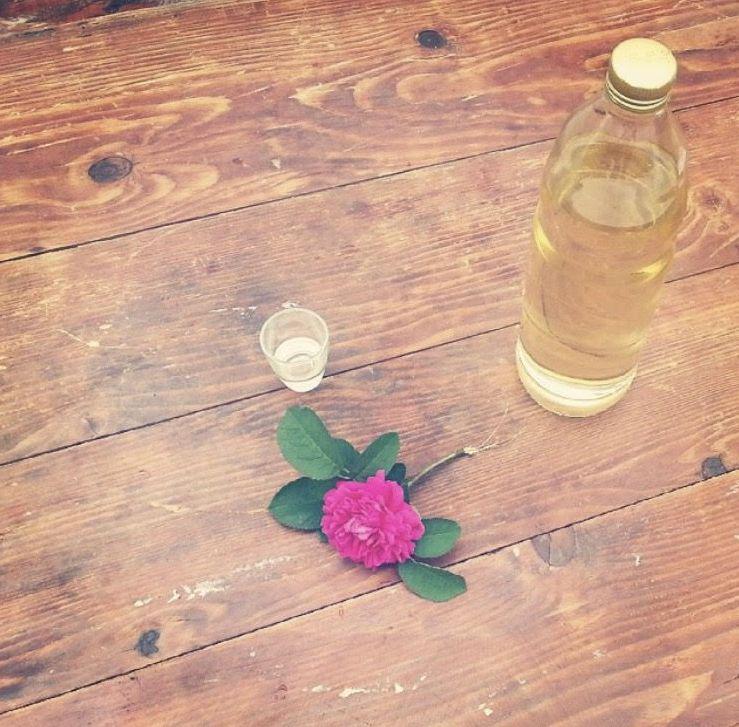
The beginnings of the drink date back to the 16th century and the arrival of the Uskoks - Serbian and Croatian refugees from the Ottoman Turks. Along with several elements of their culture, the Uskoks also brought their traditional liquor to this part of Slovenia. In fact, the name of the drink derives from raki, the Turkish term for firewater (which in turn has Arabic origins).
The brandy quickly became a local tradition; it is made of apples, pear, and plums, and the microclimate of the Upper Kolpa Valley makes the area ideally suited for orchards.
The ethnic Germans who inhabited a part of the region also embraced rakija. At one time, most of the houses in and around the valley had distillation vats of their own; often, they were undeclared, so their owners could avoid paying taxes. The rakija was then sold to people from neighboring regions in exchange for household goods such as sugar and salt.
The traditional double distillation process was passed down from generation to generation, even though some changes were made over time. The alcohol content was reduced from 100 to 80 proof (from 50 to 40 percent in terms of alcohol by volume) in order to ensure a better taste, but the overall process has remained remarkably similar.
Rakija is still produced in the area. In fact, the brandy and the traditional method of preparation were recently protected on the national level when rakija received an official designation of origin. One of the inns in the region even organizes an annual tasting of the local rakija. And as more and more visitors discover this remote part of Slovenia, rakija is also being rediscovered as one of Slovenia’s traditional alcoholic beverages.

































































